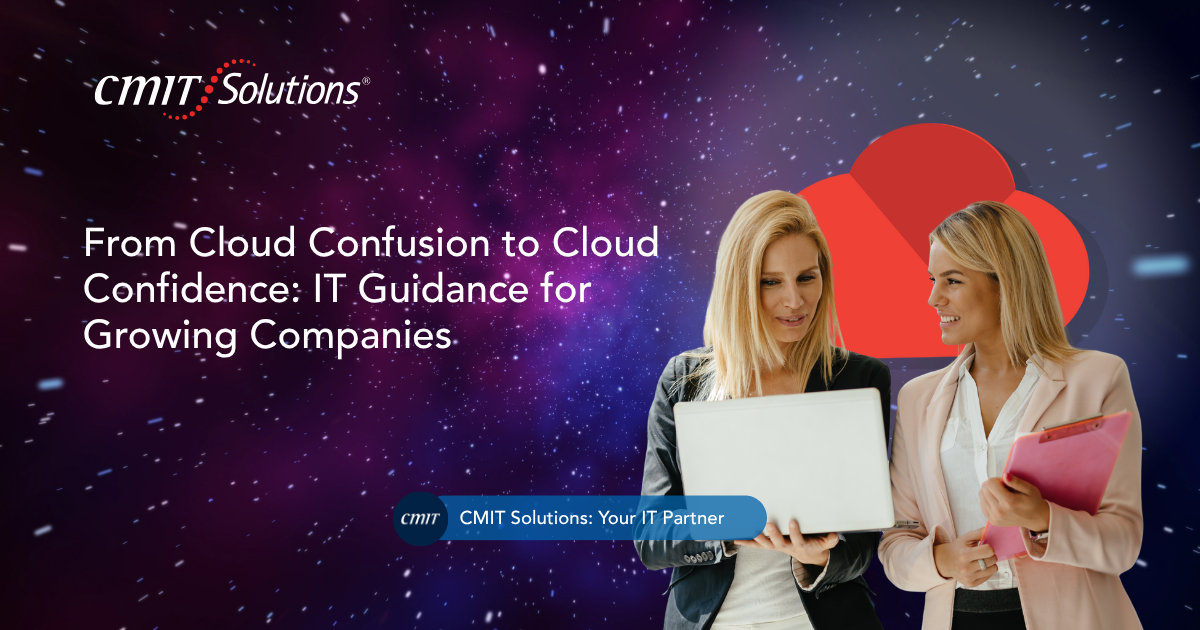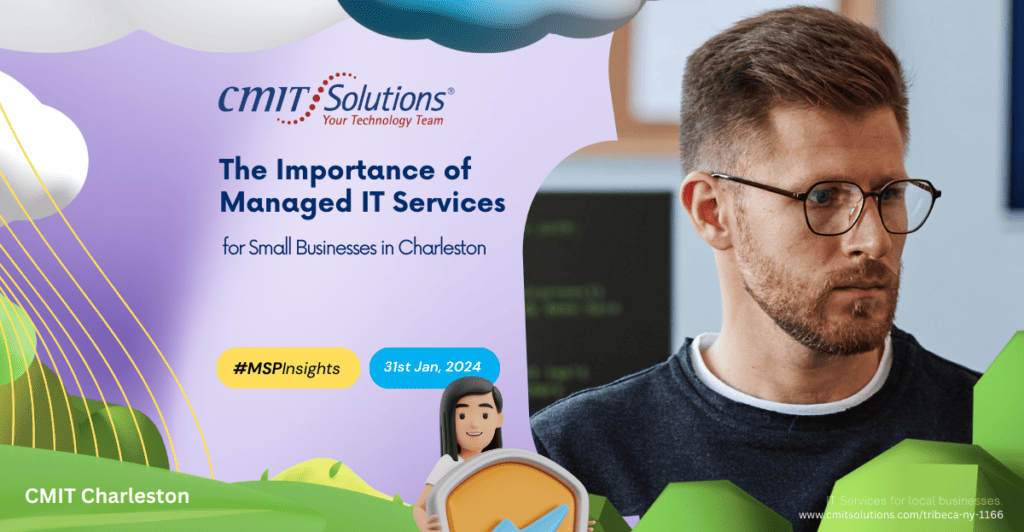As businesses in Charleston and beyond embrace digital transformation, cloud services have emerged as both a solution and a challenge. With endless options for platforms, pricing models, security layers, and integration paths, many growing companies find themselves paralyzed by indecision. This is where strategic IT guidance steps in—transforming cloud confusion into confident infrastructure built for scale, security, and success.
The State of Cloud Adoption Among Growing Businesses
Cloud adoption is no longer just a tech trend; it’s a business necessity. From startups to established companies in the growth phase, the ability to scale operations, support remote teams, and increase agility relies on cloud platforms. However, this rapid adoption comes with its own challenges. Many organizations leap into cloud environments without a comprehensive strategy, leading to poor performance, spiraling costs, and potential security risks.
Local companies are increasingly turning to managed IT services to develop a scalable and secure roadmap tailored to their cloud journey.
Strategic IT Guidance: The Bridge Between Chaos and Clarity
Without professional guidance, growing companies risk choosing the wrong cloud solutions for their needs. IT strategy experts assess your current infrastructure, future growth goals, and compliance requirements to ensure that your cloud investments support long-term value.
Strategic IT planning also includes:
- Alignment with your business goals
- Security protocols to meet regulatory standards
- Integration with existing systems
- Ongoing optimization and support
Secure IT guidance helps eliminate confusion by creating actionable steps and performance benchmarks.
Choosing Between Hybrid and Fully Cloud Environments
One major decision for growing businesses is whether to go all-in on the cloud or maintain a hybrid model. A hybrid cloud environment allows companies to balance sensitive data retention on-premise while taking advantage of the flexibility of cloud-hosted applications.
Benefits of a hybrid strategy include:
- Enhanced security and compliance management
- Cost-effective scaling
- Greater control over mission-critical data
- Business continuity in case of cloud outages
This dual-layered approach is especially effective for companies handling customer data or working within regulated industries.
Addressing Common Cloud Security Gaps
Security remains one of the biggest concerns in cloud adoption. Misconfigured permissions, weak password practices, and lack of encryption expose businesses to attacks. For instance, many Charleston companies still rely on manual password sharing, creating vulnerabilities that threat actors can easily exploit.
Strong cloud strategies prioritize:
- Data Loss Prevention (DLP) to prevent unauthorized data movement
- Encryption both in transit and at rest
- Multifactor authentication for all users
- SIEM and SOC tools for continuous monitoring (Explore)
The Role of Compliance in Cloud Strategy
Regulatory pressure is rising across sectors. Whether you’re in healthcare, finance, or e-commerce, your cloud infrastructure must comply with standards like HIPAA, GDPR, or PCI-DSS. IT guidance ensures that your cloud systems are audit-ready and incorporate compliance by design.
By integrating tools like SIEM and DLP into your environment, your business can navigate compliance complexities with confidence and reduce the risk of costly penalties.
Disaster Recovery and Continuity in the Cloud
Business continuity is often overlooked in cloud migrations. Companies assume cloud providers will handle backups and disaster recovery—but this is rarely the case. Having a disaster recovery plan in place ensures that even if a breach or failure occurs, your data and services remain protected.
Best practices for cloud continuity:
- Redundant data backups in separate locations
- Scheduled recovery testing
- Tiered recovery point objectives (RPOs)
- Cloud-native backup automation tools
Avoiding Vendor Lock-In and Infrastructure Bloat
Another hidden risk in cloud expansion is vendor lock-in. Businesses may find themselves trapped in a single provider’s ecosystem with limited flexibility to migrate or scale. This often leads to underutilized resources, rising expenses, and performance issues.
With strategic IT procurement and vendor analysis, businesses can avoid lock-in and choose multi-cloud or open-source-friendly environments. Discover how managed IT services help balance costs and functionality without overcommitting.
Empowering Your Team for a Cloud-Driven Future
The best cloud strategy won’t work if your team isn’t trained to use it. Change management and cloud literacy are essential for full ROI. IT experts offer employee onboarding, cybersecurity awareness, and performance optimization to ensure your cloud investment empowers everyone in your organization.
Consider the importance of reducing social engineering risks and fostering a culture of digital responsibility across departments.
Conclusion: From Overwhelmed to Optimized
Cloud transformation doesn’t have to feel chaotic. With the right IT guidance, your business can move from confusion to confidence, embracing modern infrastructure that supports growth, compliance, and resilience. Whether you’re launching your first cloud application or optimizing a complex hybrid model, having an expert by your side ensures long-term success.
Partnering with CMIT Solutions of Charleston gives you access to local experts who understand regional challenges and global cloud trends. From strategic IT planning to disaster recovery, CMIT is committed to helping you grow smarter, safer, and stronger in the cloud era.
Reach out today to schedule a consultation and take the first step toward cloud confidence.







